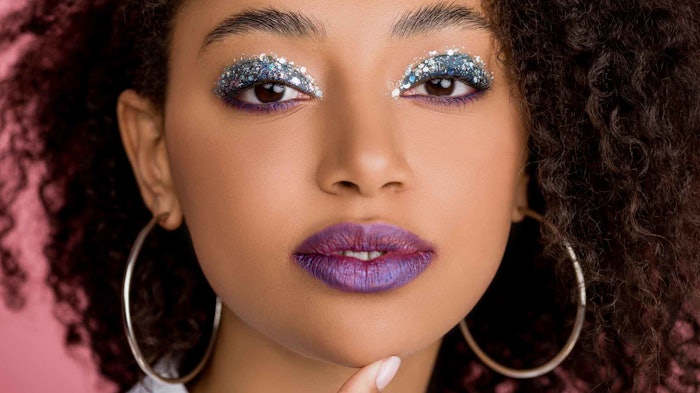
European Commission (EC) Regulation 2023/2055 restricting synthetic polymer microparticles intentionally added to products alone or in mixtures, also known as the microplastics restriction, went into effect on Oct. 17, 2023. To help companies implement the new rules, the commission is developing a detailed Q&A document, which should be available by the end of the year.
See related: European Commission Adopts Measures Restricting Intentional Microplastics
A subset of this restriction are some forms of glitter, for which the commission recently explained the rules in a brief Q&A. The purpose, according to the EC, is not to ban all glitter but to instead replace plastic glitter with more environmentally friendly alternatives. Biodegradable, soluble, natural or inorganic glitter types are not considered microplastics and can continue being sold.
Notably, only the sale of non-biodegradable, insoluble plastic glitter for uses that do not have a transitional period are concerned by the sale ban, such as arts and crafts, toys and textiles (with certain exceptions). Glitter used in cosmetics, detergents and other uses with specific transitional periods under paragraph 6 of the restriction can continue being sold until the end of that period.
More specifically, loose plastic glitter used as a cosmetic product, as well as cosmetics containing glitter (or other microplastics), can continue being sold until:
- Oct. 16, 2027, for rinse-off cosmetics (paragraph 6b);
- Oct. 16, 2029, for leave-on cosmetics (paragraph 6d); and
- Oct. 16, 2035, for makeup, lip and nail cosmetics (paragraph 6c). Note that from Oct. 17, 2031, until Oct. 16, 2035, in order to continue to be sold, makeup, lip and nail products must bear a label indicating they contain microplastics.
For additional details, see the complete Q&A.










